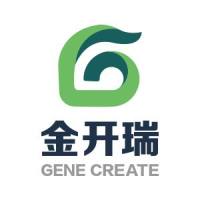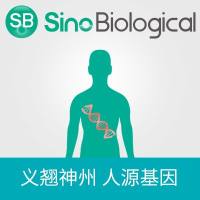Genomic Yeast DNA Clone Banks: Construction and Gene Isolation
互联网
425
Techniques for constructing genomic yeast DNA libraries and for isolating yeast genes from them, mainly by complementation, have been known for over 15 yr. The first method (1 ) involved making the library in an Escherichia coli plasmid vector, but as soon as “shuttle” vectors—capable of stable propagation in both E. coli and Saccharomyces cerevisiae —became available, these were used in preference. The key advantage of shuttle vectors is that they permit selection for expression of yeast genes in a yeast S. cerevisiae host, but the vector containing the desired yeast gene can then be transferred (“shuttled”) back to allow easier plasmid DNA isolations and manipulations. In essence, the usual approach is to isolate pure genomic DNA from the yeast of interest, partially digest the DNA with an appropriate restriction enzyme (so ensuring any particular sequence of interest will occur intact, on a reasonably sized DNA fragment), size-fractionate the cut DNA (to eliminate small, under gene-sized fragments), insert the DNA in an appropriate shuttle vector, and transform it into E. coli , to make an initial, bacterial, clone library. E. coli transformation is very efficient, compared with yeast transformation, and so allows a good-sized clone library to be generated from even relatively small quantities of ligated genomic-vector DNA. Library DNA is then extracted from the pooled E. coli clones and transformed into an appropriate host strain of S. cerevisiae , thus creating a clone library in yeast, which is then used to screen or select for a desired gene.









